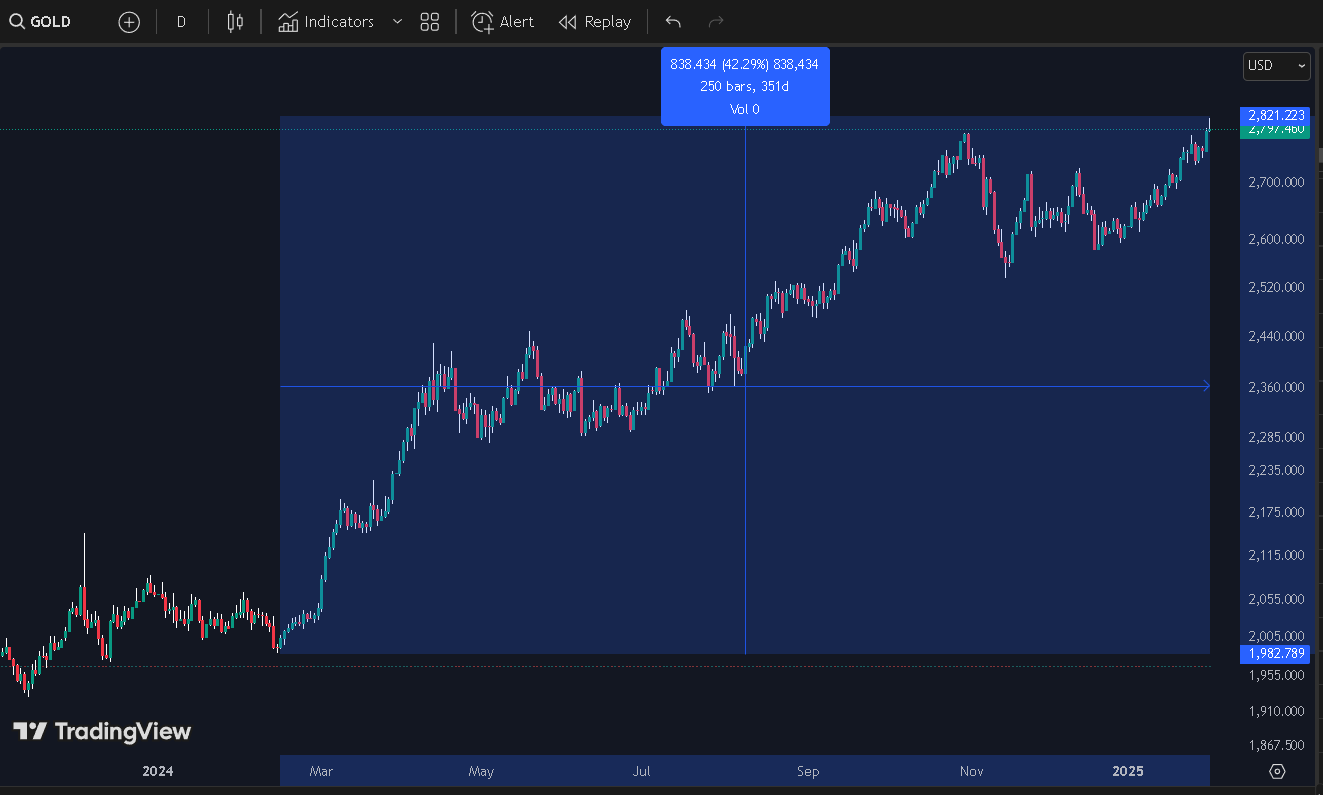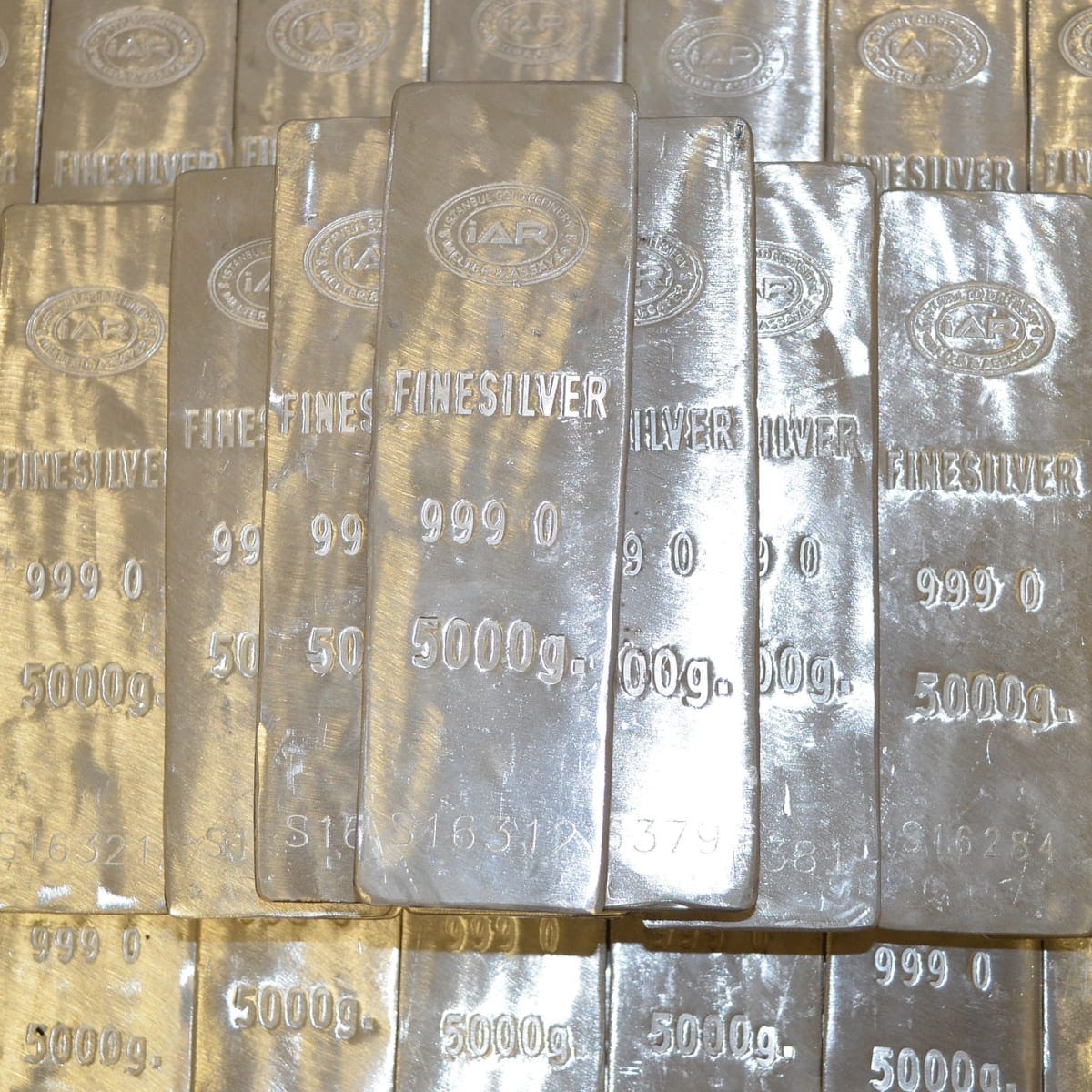The global financial system is facing a crisis unlike anything we’ve seen in decades. Gold, the timeless store of value, is at the center of this storm. In a recent episode of The Freedom Report, host Robert Kientz delved into the unfolding chaos in the gold and silver markets, the geopolitical forces driving shortages, and the grassroots efforts to restore gold and silver as legal tender. What emerged was a compelling narrative of a financial system on the brink—and a growing movement to reclaim economic sovereignty.
The Gold Shortage: A Perfect Storm
The podcast opens with a stark warning: gold shortages are sweeping the globe. Kientz points to massive imports of gold into the U.S. and dwindling supplies in London as evidence of a brewing crisis. What’s driving this? A combination of factors, including geopolitical tensions, tariffs, and a seismic shift in investment strategies.
Gold prices have surged by 40% in the last 12 months, a remarkable feat considering the simultaneous rise in the U.S. dollar and interest rates. Historically, gold thrives when the dollar weakens or interest rates fall. This anomaly suggests something deeper is at play—a loss of confidence in traditional financial systems.
Kientz highlights the futures market, where a record number of contracts are standing for delivery. In February 2025 alone, 59,219 contracts were poised for physical delivery, a stark contrast to previous years. This scramble for physical gold underscores a growing distrust in paper gold (derivatives) and a rush toward tangible assets.
Why It Matters:
The surge in gold prices and the demand for physical delivery signal a broader crisis of confidence. Investors are fleeing paper assets and seeking the safety of physical gold, a trend that could destabilize the global financial system. The unprecedented rise in gold prices alongside a strong dollar and high interest rates challenges traditional economic models, hinting at a structural shift in how the world views money.
Tariffs and Geopolitical Tensions: Fueling the Fire
Kientz ties the gold shortage to President Donald Trump’s proposed tariffs on imports from Canada, Mexico, and China. These tariffs, he argues, are causing a rush to import gold before prices rise further. The result? A flood of gold into New York and a corresponding shortage in London.
The London Bullion Market Association (LBMA) is reportedly in talks with U.S. authorities to address the premium on COMEX gold prices compared to London spot prices. This premium reflects a breakdown in the arbitrage mechanism between futures and spot markets, a clear sign of physical gold scarcity.
The Bigger Picture:
Tariffs are more than just a trade policy issue—they’re a catalyst for a broader financial crisis. By disrupting the flow of gold, they expose the fragility of a system built on paper gold and rehypothecation (reusing collateral multiple times). The premium on COMEX gold prices is a red flag, indicating that the system is struggling to meet demand for physical metal.
China’s Covert Gold Accumulation: A Game-Changer
One of the most striking revelations in the podcast is China’s covert accumulation of gold. Kientz references a 2014 report where a financial analyst claimed that London’s vaults were virtually empty, with gold being repackaged in Switzerland and shipped to China.
Goldman Sachs has acknowledged a “secret buyer” in the London gold market, and Chinese Customs data shows significant gold imports into Beijing, far exceeding official reports from the People’s Bank of China (PBOC). This suggests that China is amassing gold as part of a long-term strategy to reduce its reliance on the U.S. dollar and establish the yuan as a global reserve currency.
The Implications:
China’s gold accumulation mirrors the events leading up to the collapse of the Bretton Woods system in 1971, when European nations exchanged dollars for U.S. gold reserves. This time, however, the West may not have enough gold to meet demand. If China continues to drain gold from Western vaults, it could accelerate the decline of the dollar-dominated financial system.
Silver: The Sleeping Giant
While gold grabs the headlines, Kientz warns that silver is also poised for a breakout. He cites a TD Securities report predicting “explosive upside convexity” in the silver market, driven by tariffs and a rush for physical metal.
Silver’s dual role as both a monetary and industrial metal makes it particularly vulnerable to shortages. Its use in electronics, renewable energy, and other industries means that any disruption in supply could send prices skyrocketing.
Why Silver Matters:
The silver market’s volatility makes it a critical indicator of broader economic trends. A surge in silver prices could signal inflationary pressures and supply chain disruptions, further destabilizing global markets.
The Fight for Sound Money: Grassroots Movements Gain Momentum
In the second half of the podcast, Kientz shifts focus to legislative efforts in several U.S. states to reintroduce gold and silver as legal tender. He interviews Patrick Holland from the Missouri Freedom Initiative and Daniel Diaz from Citizens for Sound Money, who provide updates on their respective campaigns.
Holland discusses Missouri’s proposed Constitutional Money Act, which would eliminate capital gains taxes on gold and silver and prevent the state from assisting federal gold confiscation efforts. Diaz highlights Florida’s progress, including a $200,000 study on the economic impact of making gold and silver legal tender. Similar efforts are underway in Montana, South Carolina, Texas, Utah, and New Hampshire.
The Bigger Vision:
These legislative efforts represent a grassroots challenge to the Federal Reserve’s monopoly on money. By eliminating capital gains taxes on gold and silver, states can incentivize the use of precious metals as a hedge against inflation and currency devaluation. The success of these initiatives could pave the way for a broader monetary reform, reducing reliance on fiat currencies and central bank policies.
Conclusion: A Financial Revolution in the Making
Robert Kientz’s podcast paints a vivid picture of a financial system in crisis. The gold and silver markets are flashing warning signs, geopolitical tensions are escalating, and grassroots movements are gaining momentum. The push to restore gold and silver as legal tender is not just about financial security—it’s about reclaiming economic sovereignty.
As Kientz and his guests emphasize, the time to act is now. The game of financial musical chairs is nearing its end, and those without a seat—those without physical gold and silver—risk being left behind. The question is: will we seize this moment to build a more stable and equitable financial system, or will we watch as the old order collapses?
The choice is ours.










